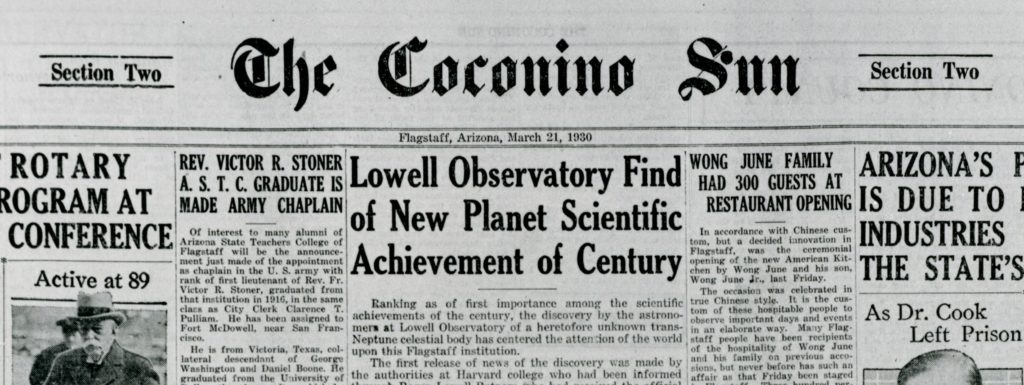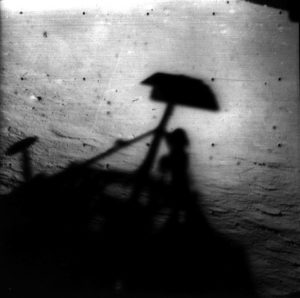
Introducing the Mars Hill Quick Report, a bite-size weekly news update from Lowell Observatory! Each week, we’ll give you the short version of upcoming events, and a little dash of history!
News
☆ Lowell Observatory introduces later hours for Summer months
Lowell Observatory is excited to announce that we will stay open an extra hour during the Summer months! Effective as of May 27, 2022, we will be open from 10am-11pm every day except Tuesday. Tuesday hours will continue to be from 10am to 5pm. This decision was made in order to allow guests to enjoy longer periods of stargazing as the Sun begins to set later in the evening. “Summer is a peak visitation time for us, so we want to ensure that all of our summertime guests at Lowell get to experience Flagstaff’s dark skies and look through our suite of top-quality telescopes,” says Public Program Manager Sarah Burcher, “Extending our opening hours to 11pm enhances our guest experience and allows us to provide another hour of once-in-a-lifetime telescope viewing for our General Admission visitors and Lowell Observatory Members.”
☆ Possible meteor storm could light up the skies on May 30
On the evening of May 30, the sky may come alive with an outburst of meteor activity. The result of a comet that broke apart a quarter century ago, the Tau-Herculid Meteor Shower could exhibit thousands of shooting stars in a short period of time. However, events like these are very difficult to predict, meaning that there may be very little meteor activity to speak of even at its peak. Astronomers predict that if this event does play out, it will be sometime on the 30th between 8:11-10:45 p.m., with peak activity between 9:45-10:45 p.m. (Read ‘View from Mars Hill’ to learn more.)
This Week in History
☆ June 2, 1966: Surveyor 1 becomes first spacecraft to soft-land on Moon
Photo (right): Surveyor 1’s shadow against the lunar surface | NASA.
Surveyor 1 was the first of seven unmanned lunar soft-landers in NASA’s Surveyor program, which sought to test the feasibility of soft landings on the Moon for future crewed missions. Surveyor 1 was launched from Cape Canaveral aboard the Atlas-Centaur Rocket on May 30, 1966. It successfully soft-landed on the surface of the Moon three days later on June 2, 1966, becoming the first spacecraft to do so. In addition to transmitting over 11,000 images of the lunar surface back to mission control, the craft gathered information about the Moon’s soil, radar reflectivity, and temperature.
